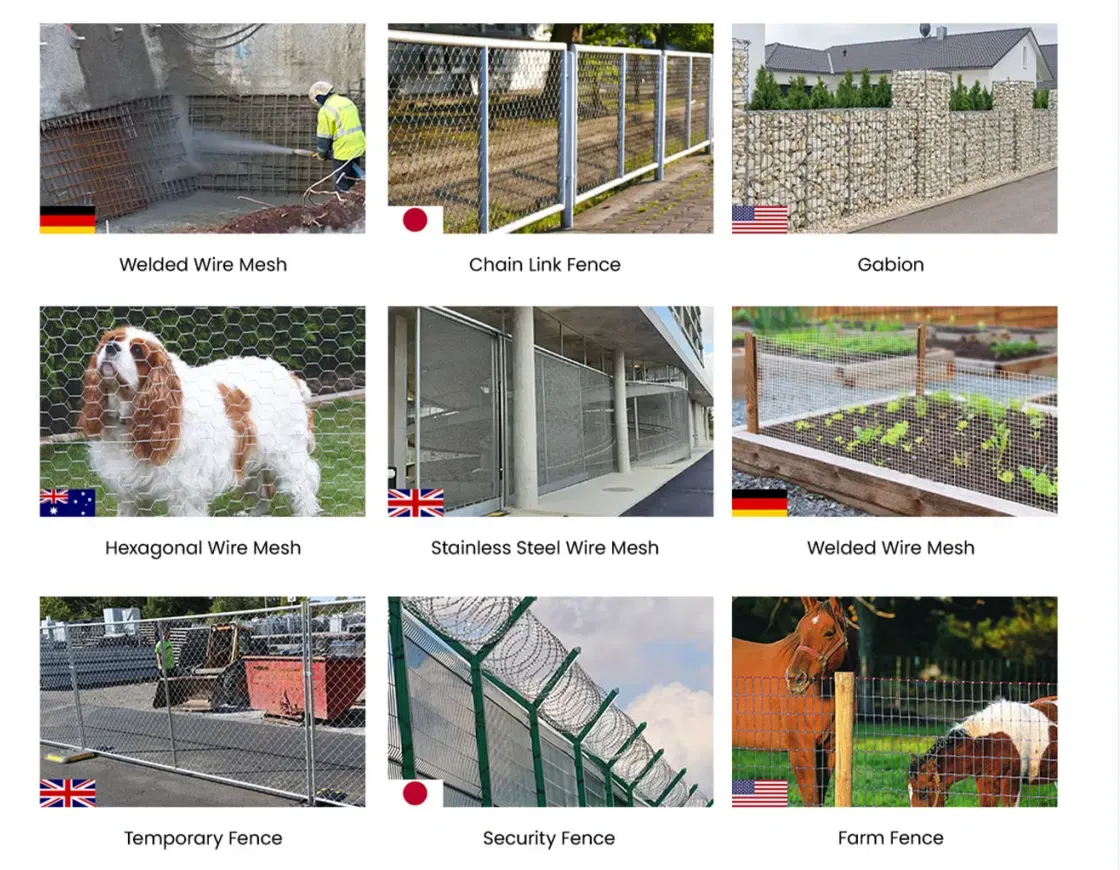The Versatility of Perforated Aluminum Sheets
Perforated aluminum sheets are increasingly becoming a popular choice across various industries due to their unique combination of lightweight properties, durability, and aesthetic appeal. These sheets are made by punching holes into aluminum panels, creating a pattern of openings that can vary in size, shape, and arrangement. This article delves into the multifaceted uses and benefits of perforated aluminum sheets, illustrating their significance in modern applications.
One of the primary attributes of perforated aluminum sheets is their weight. Aluminum is known for being lightweight, which makes these sheets easy to handle and install. This feature is particularly advantageous in industries such as construction and manufacturing, where reducing weight without compromising strength is crucial. For example, architects can utilize perforated aluminum in building facades to create stunning visual effects while minimizing the overall weight of the structure.
In addition to being lightweight, perforated aluminum sheets offer excellent strength and corrosion resistance. Aluminum inherently resists oxidation, which means that even when exposed to moisture and various environmental conditions, these sheets can maintain their structural integrity. This property makes them ideal for outdoor applications, such as signage, exterior cladding, and protective barriers. The durability of perforated aluminum ensures that products maintain their appearance and functionality over time, which is a key consideration for businesses looking to invest in long-term solutions.
perforated aluminum sheet

Moreover, the versatility of perforated aluminum sheets extends to their design possibilities. The variety of hole patterns can be customized to meet specific aesthetic and functional requirements. For instance, designers often use different hole shapes and arrangements to achieve a desired look or to control the amount of light and air that passes through the sheet. This is particularly important in applications like acoustic panels, where specific hole patterns can help enhance sound absorption, improving the acoustics of a space.
Beyond aesthetics, perforated aluminum sheets have functional advantages in various applications. In the food and beverage industry, for example, these sheets are used in filters and strainers owing to their ability to allow liquid to pass while retaining solid particles. In the automotive sector, they can be found in ventilation systems, providing airflow without compromising structural stability. This functional versatility makes perforated aluminum a favored choice for engineers and designers alike.
Another notable aspect of perforated aluminum sheets is their eco-friendliness. The aluminum used is often recyclable, making it a sustainable option for various projects. As industries shift towards more environmentally responsible practices, using recyclable materials like perforated aluminum sheets can significantly reduce waste and the overall carbon footprint of production processes.
In conclusion, perforated aluminum sheets are a testament to the synergy of functionality and design. Their lightweight nature, durability, aesthetic versatility, and sustainability make them a valuable resource for a multitude of applications, ranging from construction and architecture to manufacturing and automotive design. As technology and design practices continue to evolve, the popularity of perforated aluminum sheets is likely to grow, cementing their role as an essential material in modern industry. Whether enhancing the visual appeal of a building or improving the efficiency of a product, perforated aluminum sheets are here to stay, shaping the future of material innovation.
-
Why Galvanized Trench Cover Steel Grating Resists Corrosion
NewsJul.10,2025
-
The Versatility and Strength of Stainless Expanded Metal Mesh
NewsJul.10,2025
-
Load Calculations in Steel Grating Platforms
NewsJul.10,2025
-
Keeping Pets and Kids Safe with Chicken Wire Deck Railing
NewsJul.10,2025
-
Hole Diameter and Pitch for Round Perforated Metal Sheets
NewsJul.10,2025
-
Aluminium Diamond Mesh in Modern Architecture
NewsJul.10,2025
Subscribe now!
Stay up to date with the latest on Fry Steeland industry news.

